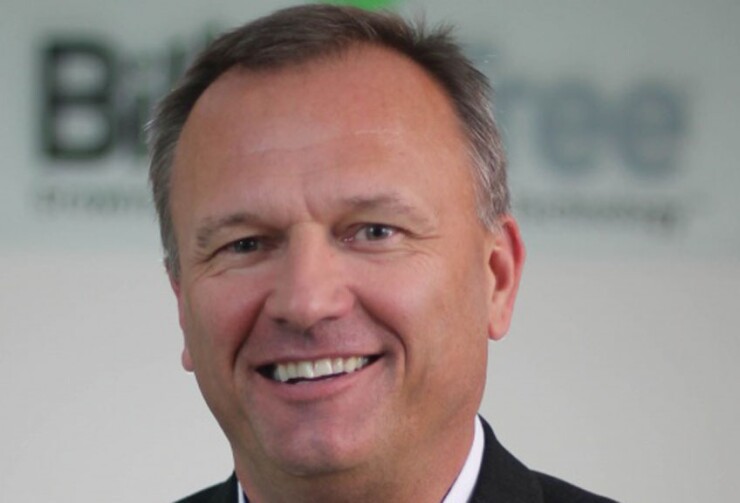BillingTree is using the cloud to try to remove paper from health care, a goal dozens of other companies aimed for over the years with little success
The Phoenix-based BillingTree spent the first half of this year integrating digital payment systems from Internet Payment Exchange (iPayX), a company it acquired in late 2017. The result is a gateway that combines debit, credit, ACH, e-check, FSA and HSA payments on the patient side with cloud-hosted audit trails, document access and email-based information about billing and payments.
Health care's a vertical that keeps coming up over and over as a laggard that sticks to paper, manual forms and other legacy payment methods, mostly because of the number of documents that would need to be digitized for even one part of the process to enter the modern age. Simply automating the point of sale does little to solve this problem since it doesn't shorten the time to make paper-based forms part of the same digital process.

"Health care is a unique payments animal. There are patient-responsibility co-pays collected in person at the time of service, insurance payments to be collected post-service, and patient-responsibility payments to be collected via invoices post-service," said Rick Oglesby, founder and president of AZ Payments Group. "Lots of multiparty reconciliation needs to happen in the background to make it all work."
Fintechs for years have tried to automate health care payments, which remain overwhelmingly
In a manner similar to how BillingTree automated
iPayX uses a cloud-hosted system to support online, self-pay, virtual cash drawers and digital wallets based on an incremental series of options. This includes digital enrollment for automatic payment plans in a self-service setting, addressing billing questions, real-time access to billing information, remote payments and options to distribute a billing system across a network of offices.
"The integration allows us to control the whole ecosystem," said Edz Sturans, CEO and president of BillingTree. "For the small-business market in health care, like dentists and medical offices, they can offer some of the automation that they don’t have today."
Consumers can use a single channel to settle and manage accounts with email or text reminders to prompt payments. The payments are automatically posted to inventory systems and general ledgers to reduce paper forms and handwriting-on-clipboards by patients and office staff.
"We're looking to reach millennials and other young people who are used to communicating with companies this way," Sturans said.
While BillingTree uses the cloud,
Despite the dominance of paper and
Collecting payment credentials from the patient at the time of service, together with authorization to bill those credentials once insurance and patient responsibility have been worked out while doing it all in a secure, PCI and HIPAA compliant way, is a big challenge, Oglesby said.
"It’s even bigger when you have to do it all while creating an excellent customer experience," he said. "Many have tried and failed, but there are renewed and continuous efforts to get it right, accentuated by electronification of medical records, changes in medical plans that increase patient responsibilities, and increased popularity and capability of mobile tech. We’ll see a lot more investment in this area."





